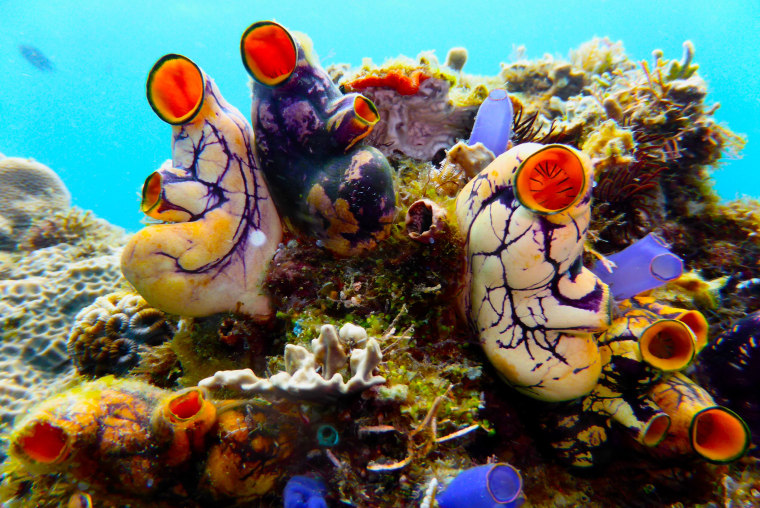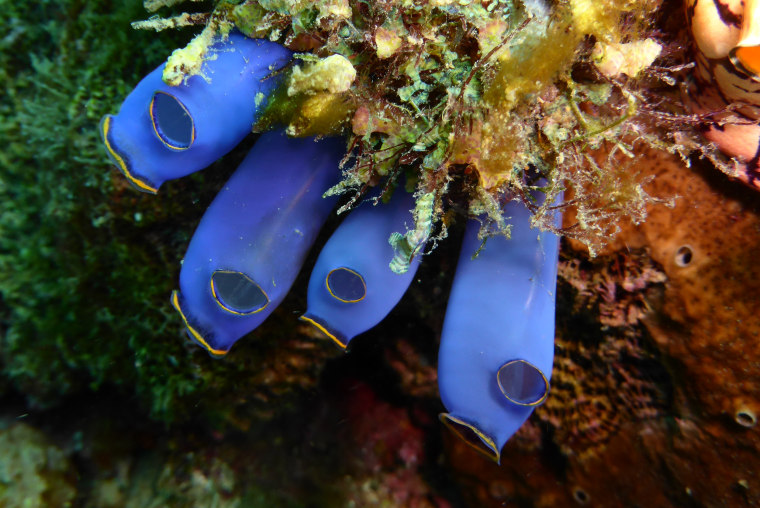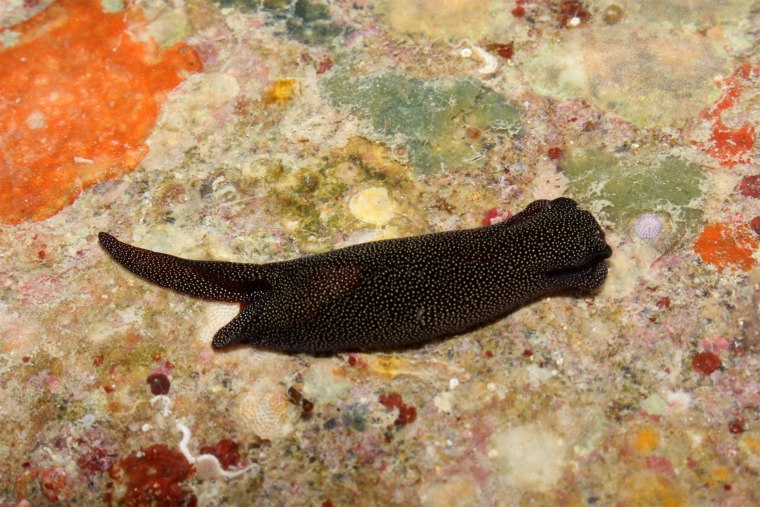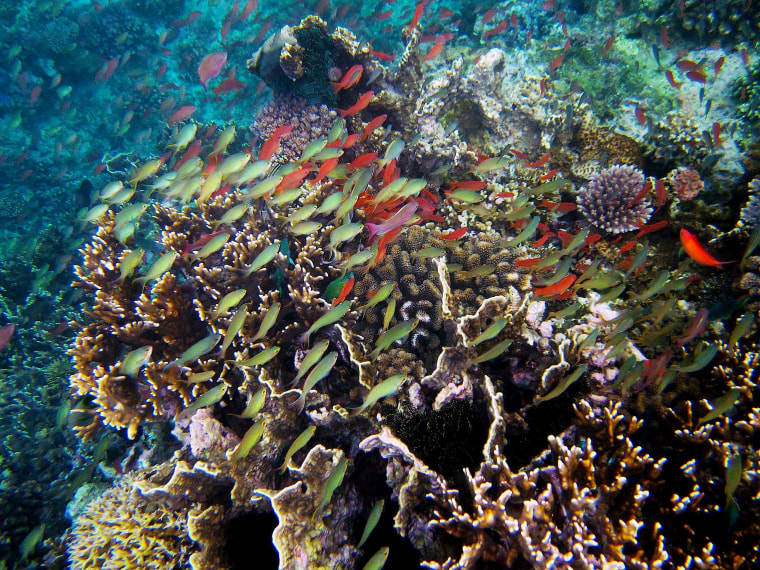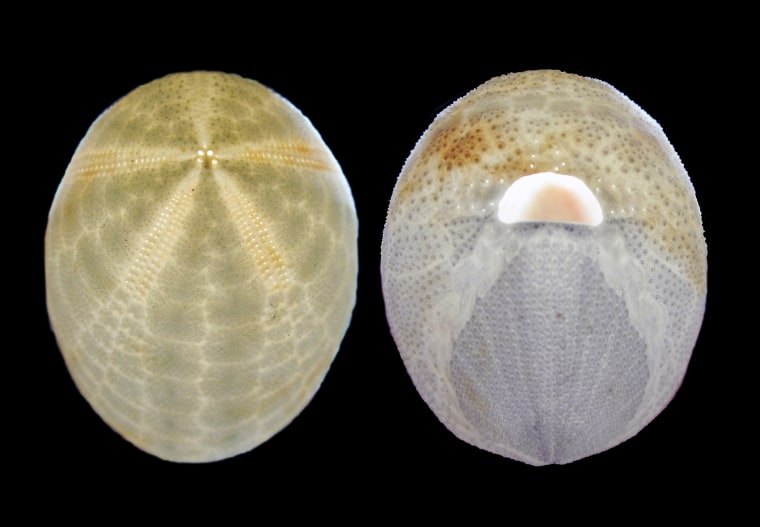Scientists from the California Academy of Sciences celebrated World Oceans Day on Monday by announcing the discovery of more than 100 species that they suspect are new to science.
All of the specimens — ranging from sea slugs to delicate heart urchins — were found off the coast of the Philippines as part of the academy's long-running exploration of the Coral Triangle. During this year's seven-week expedition, funded by the National Science Foundation, the scientists zeroed in on the Verde Island Passage, nestled between the Philippine islands of Luzon and Mindoro.
"The Philippines is jam-packed with diverse and threatened species — it's one of the most astounding regions of biodiversity on Earth, " principal investigator Terry Gosliner, the academy's senior curator of invertebrate zoology, said in a news release. "Despite this richness, the region's biodiversity has been relatively unknown. The species lists and distribution maps that we've created during our years surveying the country's land and sea will help to inform future conservation decisions and ensure that this incredible biodiversity is afforded the best possible chance of survival."
The academy said the expedition's discoveries will be confirmed in the coming months through DNA sequencing and other tests. In the meantime, feast your eyes on some of the academy's greatest hits:
